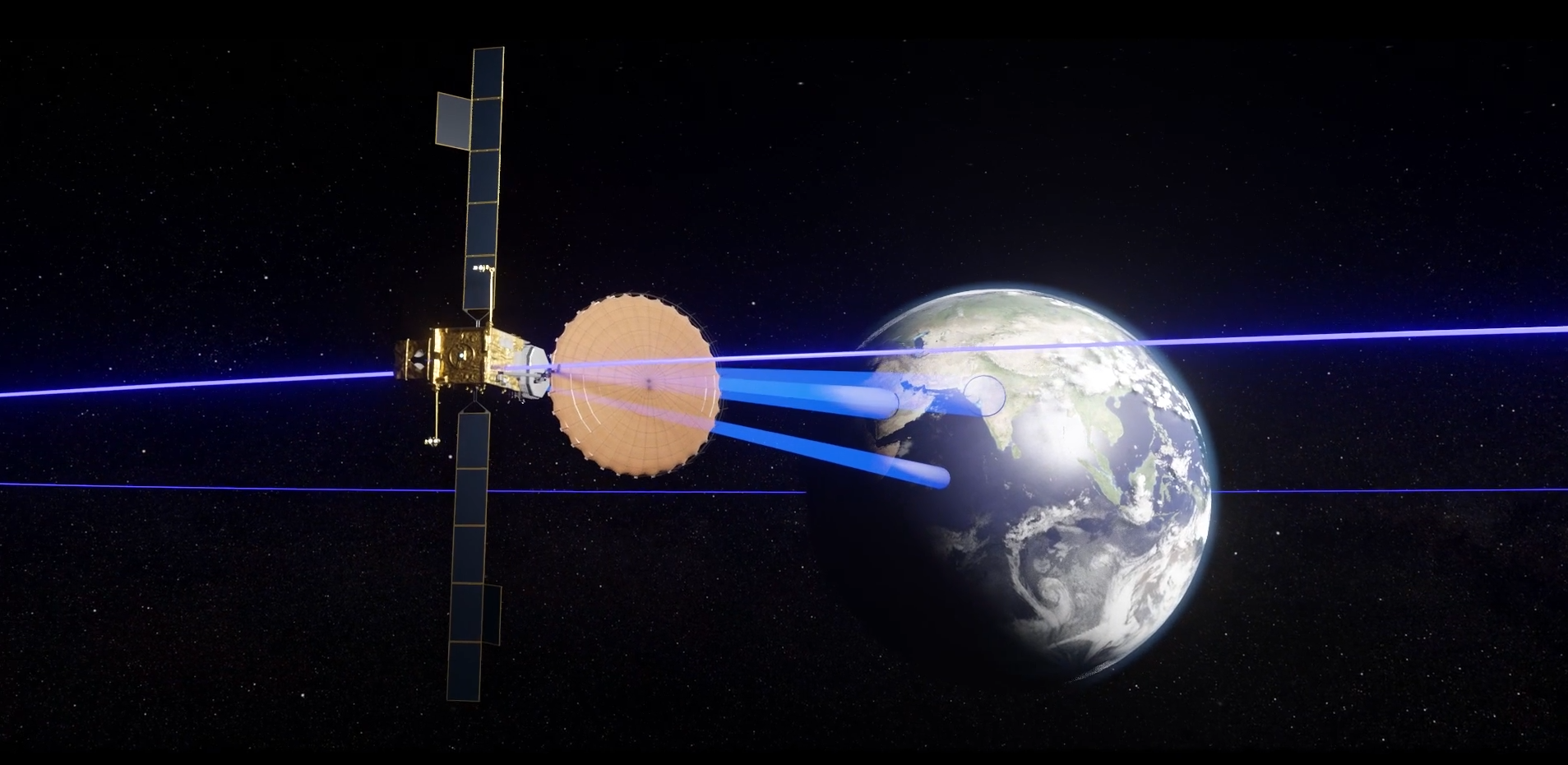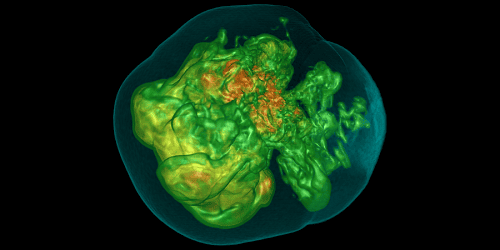Taking the next steps for satellite-to-smartphone services

It’s time for regulators and telcos to show just how much they believe in satellite operators promising to bring ubiquitous connectivity directly to smartphones already in consumer hands.
The U.S. Federal Communications Commission took the lead in shaping this fledgling market March 14 by unanimously approving a regulatory framework for what it calls Supplemental Coverage from Space.
The framework sets ground rules for allowing satellites to use radio waves from terrestrial partners to keep their mobile subscribers connected outside cell tower coverage.
Modern smartphones are already tuned into these terrestrial radio waves. In contrast, direct-to-smartphone veterans like Inmarsat and Iridium using conventional frequencies already approved for Mobile Satellite Services (MSS) must hold out for devices with next-generation chips — apart from fellow MSS veteran Globalstar, whose satellites have been able to provide SOS services to the latest iPhones since late 2022 thanks to close ties with Apple.
Lynk Global, and AST SpaceMobile are developing dedicated direct-to-smartphone constellations to go beyond emergency services and enable texting, calls, and ultimately higher bandwidth data services. SpaceX, meanwhile, is bringing this service to Starlink.
FCC chair Jessica Rosenworcel describes its Supplemental Coverage from Space (SCS) framework as a step toward a “single network future” where space and terrestrial communications are seamlessly combined.
“We want to make it possible that there’s always a backup in our skies,” Rosenworcel said March 19 during the Satellite Conference in Washington. “Technology can do that. Now it’s time for the law and policy to catch up.”
But a week later, the FCC closed off a shortcut SpaceX was hoping to take to accelerate and empower its proposed direct-to-smartphone offering.
SpaceX sought to rush through permission to use several MSS spectrum bands to expand the capacity it is getting from U.S. terrestrial partner T-Mobile, claiming it could use phased arrays and other technologies to coexist with incumbents Globalstar and Dish Network.
The FCC dismissed the application March 26, ruling that the potential for interference warranted a new rule-making process that is subject to a lengthy public comment period.
Two days later, the FCC allowed SpaceX to test Starlink satellites using T-Mobile’s cellular frequencies in more areas of the United States.
These experiments are critical for SpaceX to prove the texting services it aims to deploy this year will not interfere with terrestrial telcos, or the direct-to-smartphone hopefuls looking to use MSS frequencies. SpaceX plans to begin offering voice and data connectivity in 2025, although like others it still needs regulatory permission to provide direct-to-smartphone services commercially in the United States.
While the FCC has vowed to speed up application processing times to keep up with rampant innovation in the space industry, it treads a fine line to avoid disrupting legacy systems that have invested heavily in their networks over the years.
The SCS framework demonstrates this balancing act. The FCC classed SCS as a secondary service to MSS. This means an SCS operator must immediately stop operating if it interferes with an MSS provider or terrestrial telco with primary rights.
As for support from terrestrial telcos, which belong to a market measured in the trillions of dollars, SpaceX is keeping its financial arrangement with T-Mobile and other cellular partners worldwide closely under wraps.
Meanwhile, startup constellation developers that lack SpaceX’s vast financial resources are still hoping for the influx of capital they need to provide full, global direct-to-smartphone services.
Lynk Global is in the middle of merging with a publicly traded shell company led by former professional baseball player Alex Rodriguez to raise money for its satellites.
AST SpaceMobile raised $155 million in January from companies including telco partners AT&T and Vodafone, but needs plenty more capital to realize its 5G plans.
The January investment marked the first time AT&T has directly funded AST SpaceMobile since they started working together six years ago, despite being a
vocal advocate for the company and helping lobby the FCC for a favorable regulatory environment.
Chris Sambar, head of network for AT&T, said March 20 during the Satellite Conference that it is a conservative company that does not generally provide venture funding. Still, he said the U.S. telecoms giant’s investment in AST SpaceMobile is unlikely to be its last.
Related
Read the original article here




